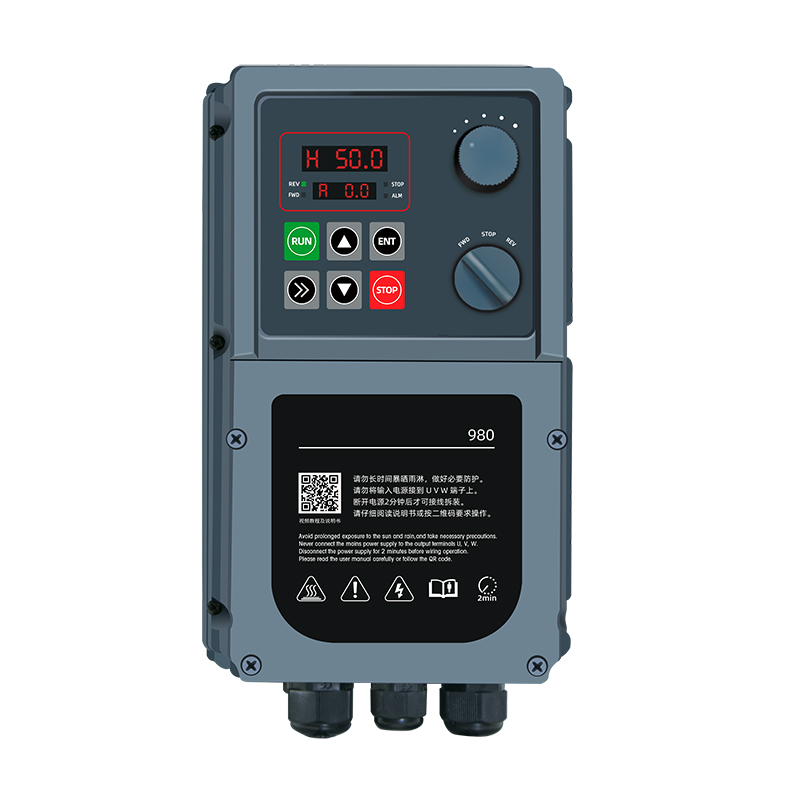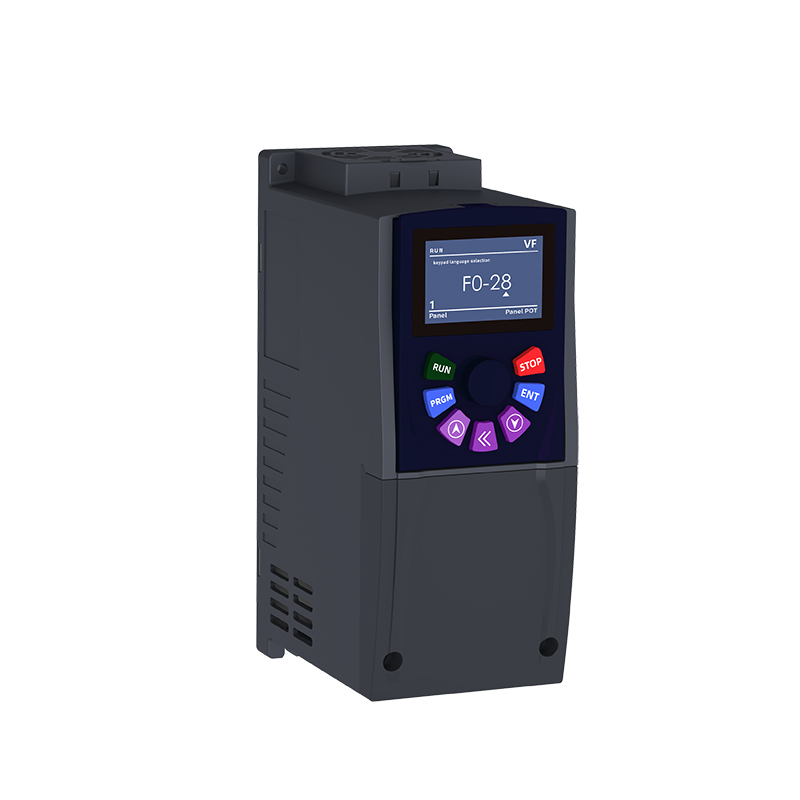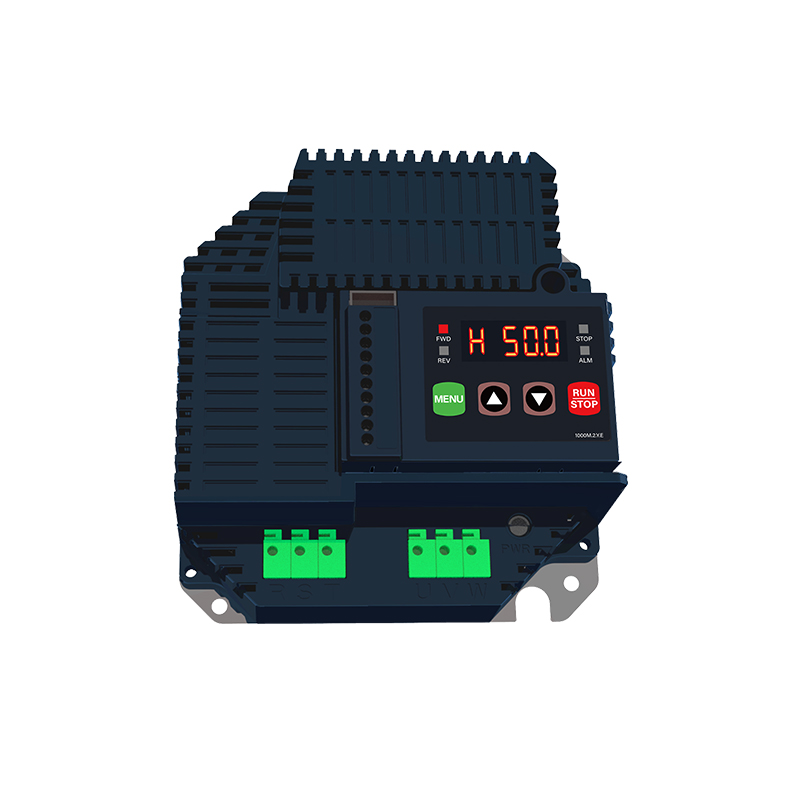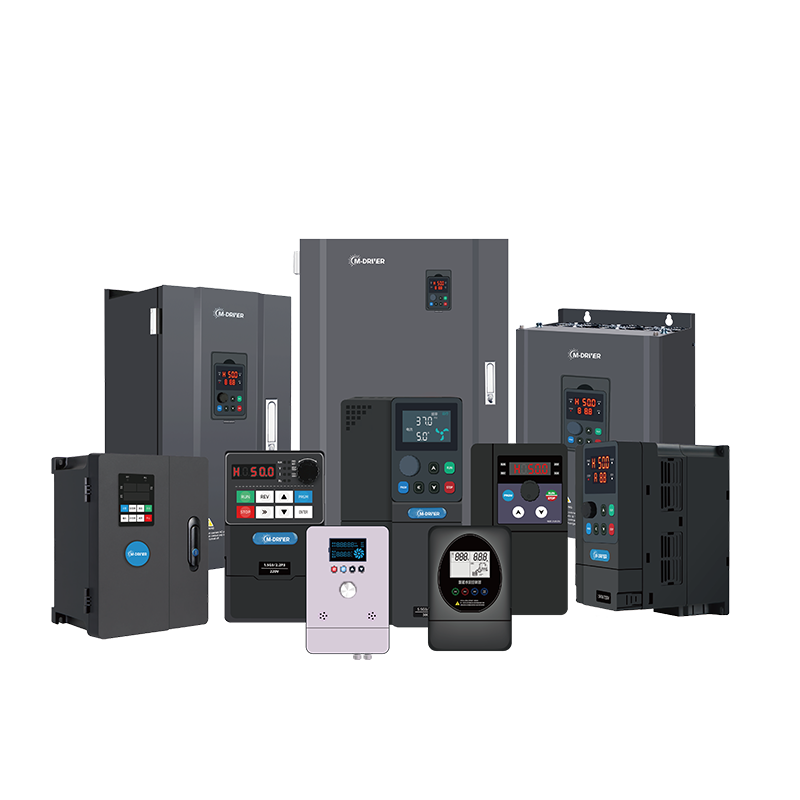A transformer is a device that uses the principle of electromagnetic induction to change the alternating voltage. The main components include primary coil, secondary coil, and iron core (magnetic core). The main functions include voltage conversion, current conversion, impedance conversion, isolation, voltage stability (magnetic saturation transformer), etc. According to their purposes, they can be divided into: power transformers and specialized transformers (electric furnace renovation, rectifier renovation, power frequency test transformers, regulators, mine renovation, audio transformers, intermediate frequency transformers, high-frequency transformers, impulse transformers, instrument transformers, electronic transformers, reactors, transformers, etc.).
What is a frequency converter?
A frequency converter is a power control device that applies frequency conversion technology and microelectronics technology to control AC motors by changing the frequency of the motor's working power supply. The frequency converter is mainly composed of rectification (AC to DC), filtering, inversion (DC to AC), braking unit, driving unit, detection unit, microprocessor unit, etc. The frequency converter adjusts the voltage and frequency of the output power supply by disconnecting the internal IGBT, providing the required power supply voltage according to the actual needs of the motor, thereby achieving energy saving and speed regulation. In addition, the frequency converter also has many protection functions, such as overcurrent, overvoltage, overload protection, etc. With the continuous improvement of industrial automation, frequency converters have also been widely used.
What are the differences between transformers and frequency converters?
There are corresponding technical requirements and parameter representations for different types of transformers. The main technical parameters of the power transformer are: rated power, voltage ratio to rated voltage and rated frequency, temperature level, temperature, voltage ratio, moisture-proof performance, and insulation. The main technical parameters used for the low-frequency transformer include transformer ratio, frequency characteristics, nonlinear distortion, magnetic shielding, and electrostatic shielding efficiency.
As the name suggests, frequency conversion is to change the frequency, which is the frequency of the motor. The intuitive point is the speed of the motor. Frequency conversion is like the name implies changing the frequency, which is the frequency of the motor. The intuitive point is the speed of the motor. Transformers are ubiquitous in our daily lives.
Drive mode: achieved through its adjustment to meet the power frequency required for our special power needs (50HZ, 60Hz, etc.). Transformers: It is commonly used for "voltage reduction" or near plant cells, where ultra-high voltage is lowered to normal voltage to meet the daily electricity needs of our residents.
A transformer is a power converter, but compared to a frequency converter, it can only change the voltage without changing the frequency. The frequency converter can not only change the voltage, but also change the frequency to meet the v/f control law.





